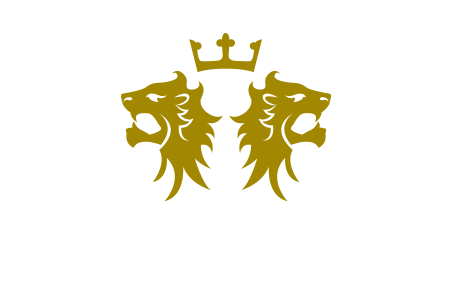Now that we have talked about all your underclothing, it’s time to dive into the more visible aspects of your wardrobe. The topic up for discussion today is pants.
I want to talk about the options first, and there are a lot of them. Today we are going to focus on the six main options for building an amazing wardrobe. Let’s dive in — what are the main types of pants?
Dress pants — These are usually made of a heavier wool and are great worn with a dress shirt, sweater, sport coat or other dressier layers. While suit pants can sometimes be worn as dress pants without the suit jacket, I think it is important to note that dress pants differ from suit pants in that they are made of heavier weight material. Suit pants can look a little “off” sometimes when worn without the suit jacket.
Chinos — A flat-front lightweight pant that can be dressed up or down. Chinos can sometimes be confused with khakis, but the main differentiator between the two is that the stitching and pockets are hidden on chinos, making them a dressier option than khakis.
Khakis — These can often be confused with chinos (see above), but they are a little more casual and they can have either flat or pleated fronts. The pockets and stitching is visible on khakis.
Cargo pants — Usually a khaki or olive color, these are casual trousers with a plethora of pockets. They originated for military use, but worked their way into the mainstream. If you think cargo pants and those baggy non-stylish ones from your local department store come to mind, then I would stay away for sure. However, a slimmer fit and more stylish version has made a comeback on the high fashion scene and these might be an option for the more up-to-date and fashion forward gentleman’s wardrobe.
Jeans — We all know and love this style of pants. They can be dressed up or down and come in many washes, cuts and fits.
Athletic pants — These days, as men, we have lots of options for our athletic pants, including (but not limited to) joggers, sweatpants and yoga pants.
Obviously, we haven’t discussed every single type of slacks, but now that we have run through the basics that you will encounter we can decide what is necessary for you to start building your wardrobe. Follow this guide and you’ll be on your way to trouser victory:
- 5 pairs of dress pants: one navy, one blue, one black, one charcoal, one khaki
- 1 pair of tailored chinos
- 1 pair of dark wash jeans
- 1 pair of light wash jeans
- 1 pair of fitted joggers for leisure
- 1 pair of technical joggers for working out
If you build a closet full of well-fitted options from this list, you will be well on your way to earning your style card. Before we wrap up, we need to touch on a few things to steer away from.
When it comes to jeans, they can be stylish or completely unflattering. One style I can pretty much guarantee will not do you well is the “dad” jean — the fit that is high-waisted and loose cut and totally cool if you’re a hipster. This will not make you look sharp, so just please don’t.
I would also recommend that as you begin to build your wardrobe, start with the basics and neutrals. Don’t invest in a trendy bright-colored slack that probably won’t be cool next month. Stick to the basics and once you compile an arsenal of great basic trousers, then you can experiment with the trends.
Finally, don’t ever settle for pants that don’t fit well. Always be sure to buy pants that fit you well and are flattering to your body type. If you can’t find the perfect fit off the rack, find a good tailor and let them help you make sure your pants fit well. If that sounds like a hassle, you might consider buying custom-fitted pants that are guaranteed to make you look great.
Follow these tips and your bottom half is sure to be styled to the nines.

